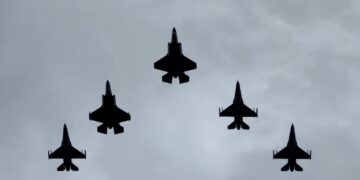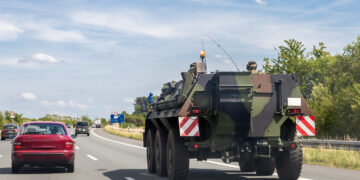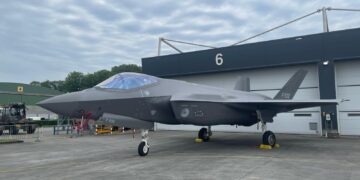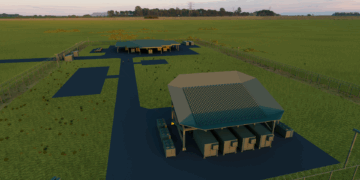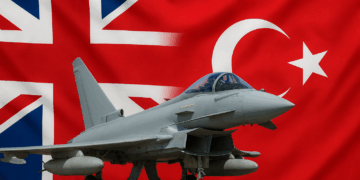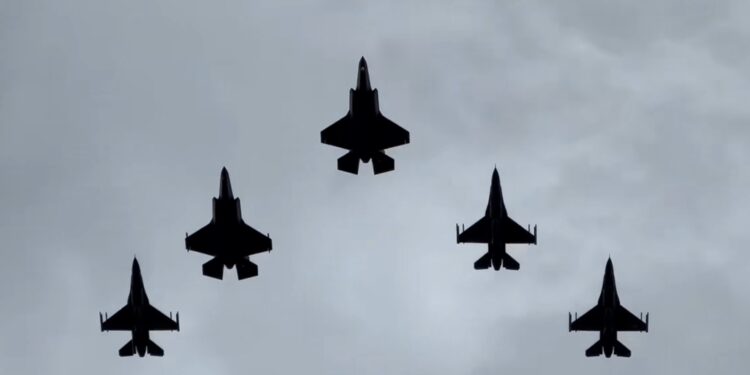Just last week, as Russian drones swarmed Ukraine, Western fighter jets took to the skies in a precautionary show of force. No intervention was needed, but had a drone strayed into NATO airspace, the rules of engagement could have changed. This week, Dutch F-35 pilots trained for precisely that scenario—neutralizing drones with live missiles over the Baltic Sea.
On Tuesday, Dutch F-35 fighter jets, deployed to protect the Baltic states, successfully shot down multiple training drones over the Baltic Sea using AIM-9 Sidewinder missiles. The live-fire exercise, conducted in controlled airspace, was organized by the Netherlands in collaboration with Estonia.
Taking out multiple drones
Estonia provided the drones, giving Dutch pilots a rare opportunity to refine their counter-drone tactics. One key focus: engaging and eliminating multiple drones at once—a scenario becoming increasingly relevant in modern warfare.
The war in Ukraine has accelerated the evolution of drone warfare. These unmanned weapons offer a significant tactical advantage: they are relatively cheap to produce and deploy. While the large, slow-moving Iranian-made Shahed drones are relatively easy targets for air defenses, their sheer numbers can overwhelm defensive systems.
700 million for investment in drones
On Wednesday, Dutch Prime Minister Dick Schoof announced that the Netherlands would allocate €700 million for Ukraine to purchase drones—a sum drawn from previously pledged military aid. As the battlefield changes, so too must the tools of war.
